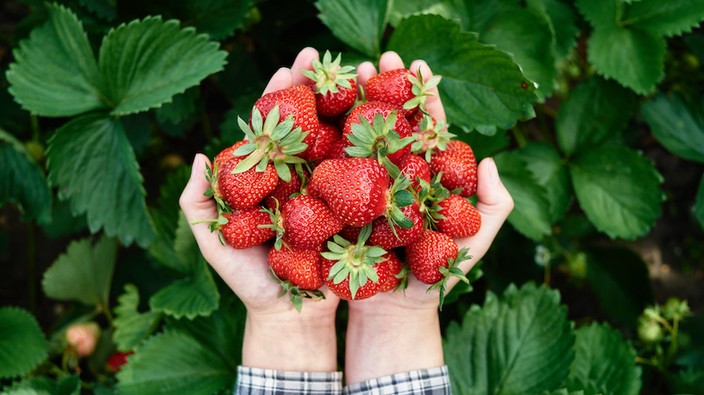rounding out the rest of the clean 15 were (in order) asparagus, honeydew melon, kiwi, cabbage, mushrooms, cantaloupe, mangoes, watermelon and sweet potatoes.
because the usda doesn’t test every vegetable every year, the ewg determined that available data was no longer reliable for several vegetables that made the 2021 list. broccoli, cauliflower and eggplant were removed, making room for mangoes, watermelon and sweet potatoes as new additions.
‘dirty dozen’ controversy
the environmental working group’s close
financial ties to various organic producers, opposition to genetically modified produce and methods of
ranking pesticide exposure has earned the group some criticism.
the ewg lists various “corporate partners for general support and events” on their website, many of which are primarily organic food producers. the ewg also has a shared service agreement with the organic voices action fund (ovaf) with the aim to “highlight the benefits of organic food and advance the fight for labelling food that contains genetically engineered ingredients.”
iris myers, an ewg spokesperson reportedly said that companies are not allowed to sponsor the shopper’s guide and dirty dozen rankings, according to
webmd. this undertaking, she said, is funded through grants and individual donors.
 3 minute read
3 minute read


















